Eduard Izrailevich Kandel
Eduard Izrailevich Kandel was born on August 14, 1923, in Odessa in the family of an employee. He started school in Moscow, where his parents moved in 1930. In 1940, Eduard became a student at the 1st Moscow Medical Institute. After the war began, he combined his studies with working as a paramedic at the Moscow ambulance station, and in 1942 he evacuated with his family to Tomsk, where he continued his studies at the medical institute. In March 1943, Eduard Kandel returned to Moscow, and in October 1944, he graduated with honors from the Faculty of Medicine of the 1st Moscow Medical Institute. He was immediately drafted into the army and served as a military doctor on the 3rd Belorussian Front. He was awarded the medals “For Military Merit” and “For the Capture of Königsberg”.
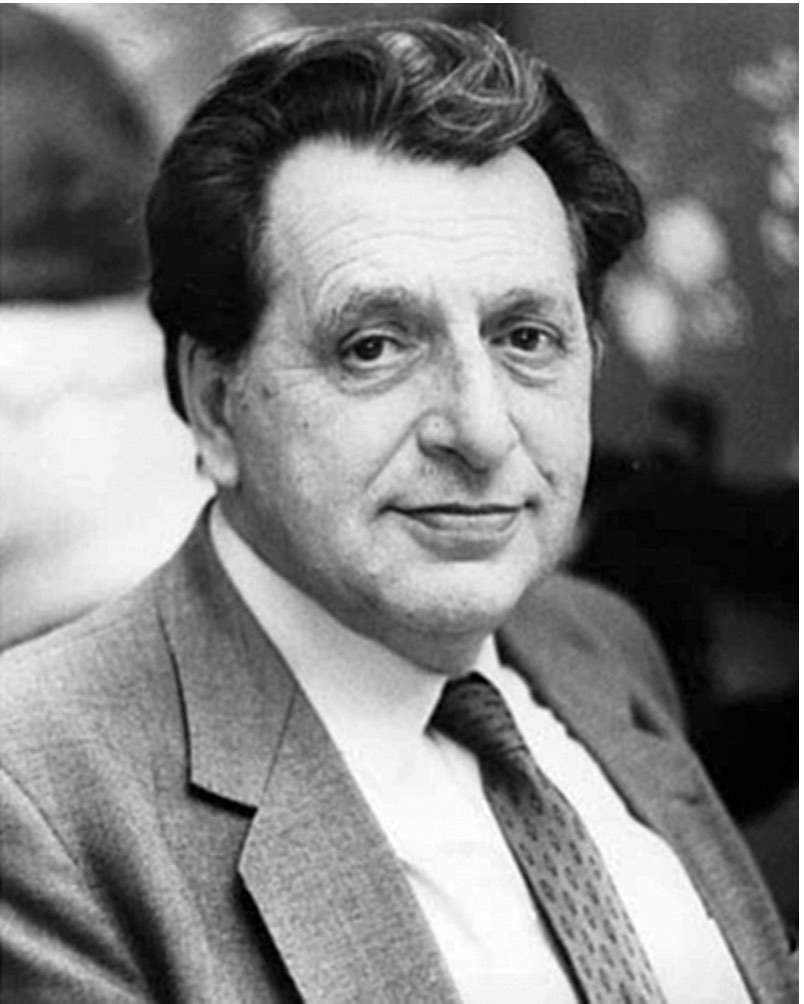
Immediately after demobilization in 1946, E.I. Kandel entered the postgraduate program at the N.N. Burdenko Institute of Neurosurgery of the USSR Academy of Medical Sciences. After successfully defending his PhD thesis, the young doctor and scientist was sent for one year to the Ministry of Health of Kyrgyzstan, after which he returned to Moscow and became a junior researcher at the Institute of Neurosurgery, engaging in various surgical activities and research. A troubling episode was his sudden dismissal during the height of the “doctors’ plot,” but in mid-1953 justice prevailed, and Eduard Izrailevich was reinstated. At the Institute of Neurosurgery, Eduard Izrailevich distinguished himself as a talented, original researcher and surgeon. He quickly became a senior researcher and senior surgeon in the rehabilitation clinic. Laureate of the USSR State Prize, Professor E.I. Kandel studied tumors of the optic thalamus, explored the possibilities of using ganglioblockers in neurosurgery, and developed issues of vascular neurosurgery (Likhterman, 2013)
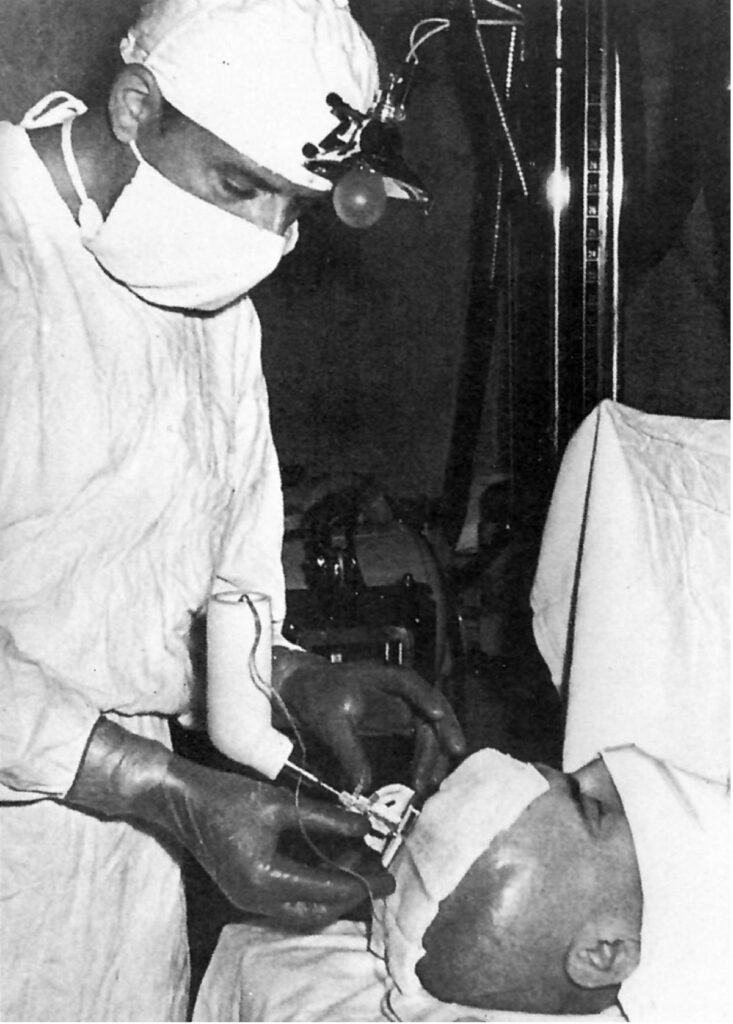
After a long internship in England in 1950, Eduard Izrailevich found his true calling and fully devoted himself to a completely new field of science that inspired him in the best foreign clinics. This field is functional and stereotactic neurosurgery. He quickly mastered the new technology and was the first in the Soviet Union to perform selective destruction of subcortical structures using the stereotactic method for the treatment of parkinsonism, dystonia, and other extrapyramidal diseases. Thus, E.I. Kandel became a recognized pioneer of this direction in our country.
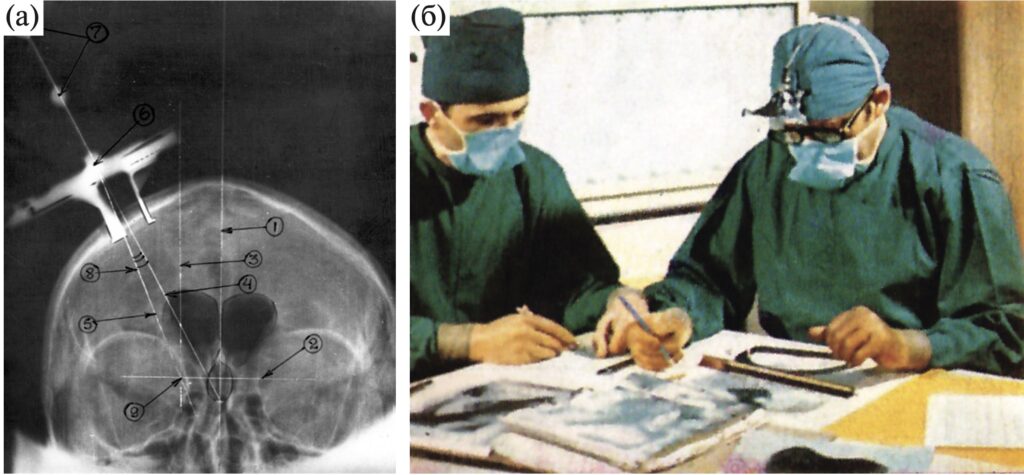
To the fullest extent, Eduard Izrailevich showcased his talent at the Institute of Neurology of the USSR Academy of Medical Sciences, where he transferred in 1965 at the invitation of the institute’s director, N.V. Konovalov. Here, he organized and led a new neurosurgical department, investing much effort and passion into equipping it with the most advanced equipment of that time. For performing stereotactic operations, he developed and implemented the method of cryodestruction using liquid nitrogen ( Kandel, 1965). This method was constantly improved (with the participation of scientists from the Institute of Neurology of the USSR Academy of Medical Sciences and the Institute of Physical Problems of the USSR Academy of Sciences, several models of cryoinstruments were created) and was successfully applied not only in various extrapyramidal pathologies but also in brain tumors (transnasal stereotactic cryohypophysectomy and others), vascular malformations, pain syndromes, epilepsy. A system for calculating the target point during stereotactic operations based on ventriculograms was developed. Professor E.I. Kandel, together with his closest student V.V. Peresedov, operates: visual control of the course of stereotactic intervention on the brain on the screen of an electro-optical converter. An authorial stereotactic complex—the Kandel-Peresedov apparatus—was created, earning universal recognition. Throughout his life, E.I. Kandel acquired and passionately promoted new experiences in the surgery of various movement disorders, wrote classic monographs and guides, and nurtured his own school of functional neurosurgeons. His major work “Functional and Stereotactic Neurosurgery” Kandel, 1989), translated into English and published in 1989 by the publishing house Springer («Functional and stereotactic neuro surgery»), became an event in the global medical community
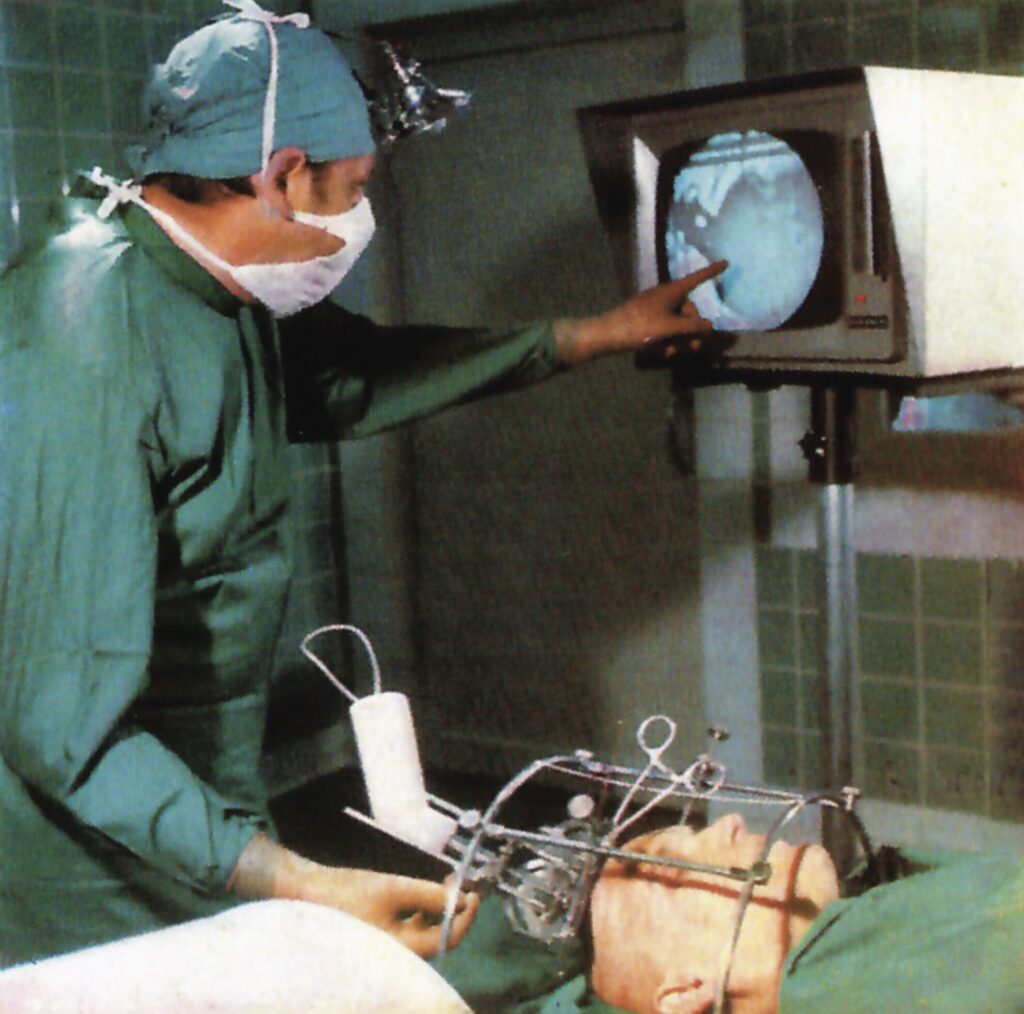
Eduard Izrailevich, as an erudite scientist well-acquainted with the latest literature and the best clinics in Europe and America, always had a keen sense for promising directions in neurosurgery. His department at the Institute of Neurology became renowned for its pioneering research on stereotactic exclusion of brain aneurysms, stereotactic removal of intracerebral hematomas using the “Archimedes screw,” cryosurgery of brain tumors, pain syndromes, and the introduction of mathematical methods in the diagnosis and prognosis of hemorrhagic strokes (in collaboration with the famous mathematician, Academician of the USSR Academy of Sciences I.M. Gelfand). Together with I.A. Ivanova-Smolenskaya and scientists from the Institute of Control Problems of the USSR Academy of Medical Sciences, he proposed an original method for quantitative and qualitative assessment of tremor using spectral analysis of the electromyography envelope. Eduard Izrailevich had the ability to inspire people with his ideas and established close cooperation with scientists from the USSR Academy of Sciences and the Academy of Medical Sciences, understanding that the most groundbreaking ideas and technologies are born at the intersection of sciences.
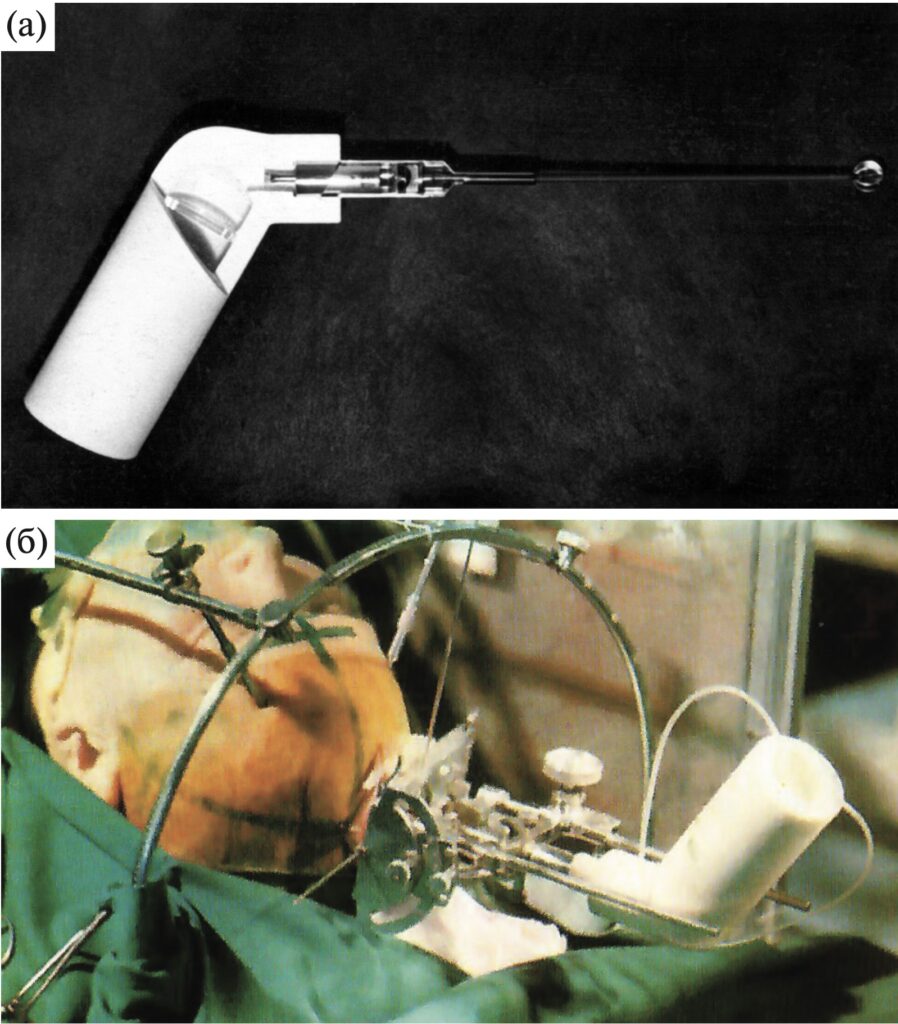
In 1985, E.I. Kandel, as part of a team of authors, was awarded the USSR State Prize for the development of vascular neurosurgery issues.
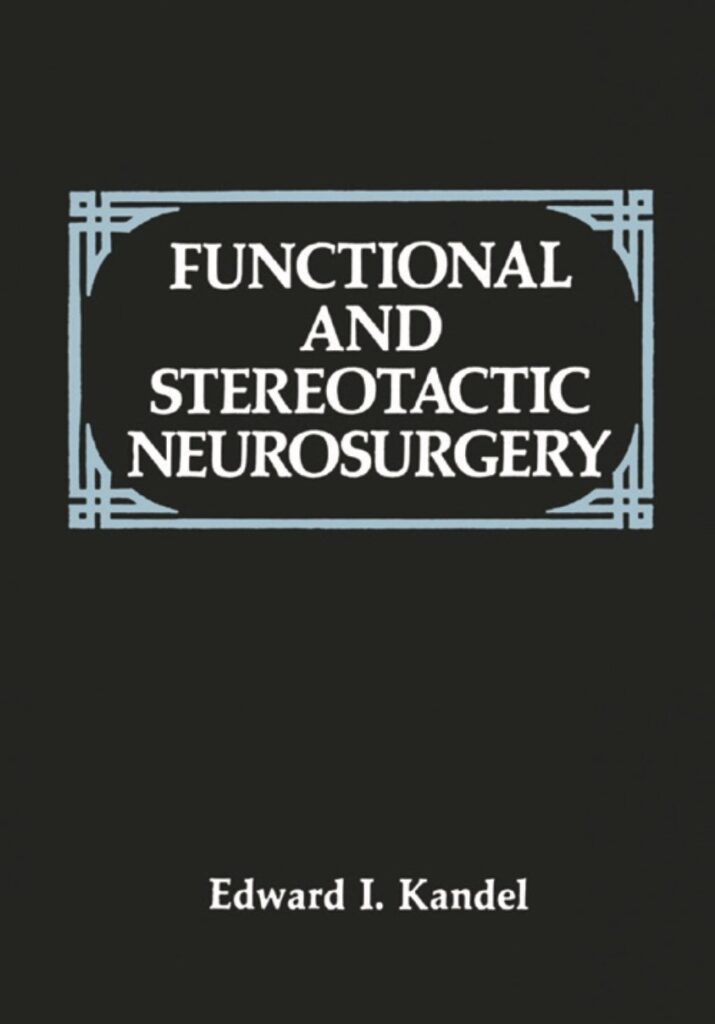
In the early 1980s, Professor E.I. Kandel became the chairman of the Moscow Society of Neurosurgeons and remained in this honorary position until the end of his life. Thanks to his knowledge of English, Eduard Izrailevich often spoke at international neurosurgical forums (which was a great rarity in the USSR at that time), conducted extensive correspondence, gradually gaining worldwide recognition. As a natural result, he was elected vice-president of the World Federation of Neurosurgical Societies.
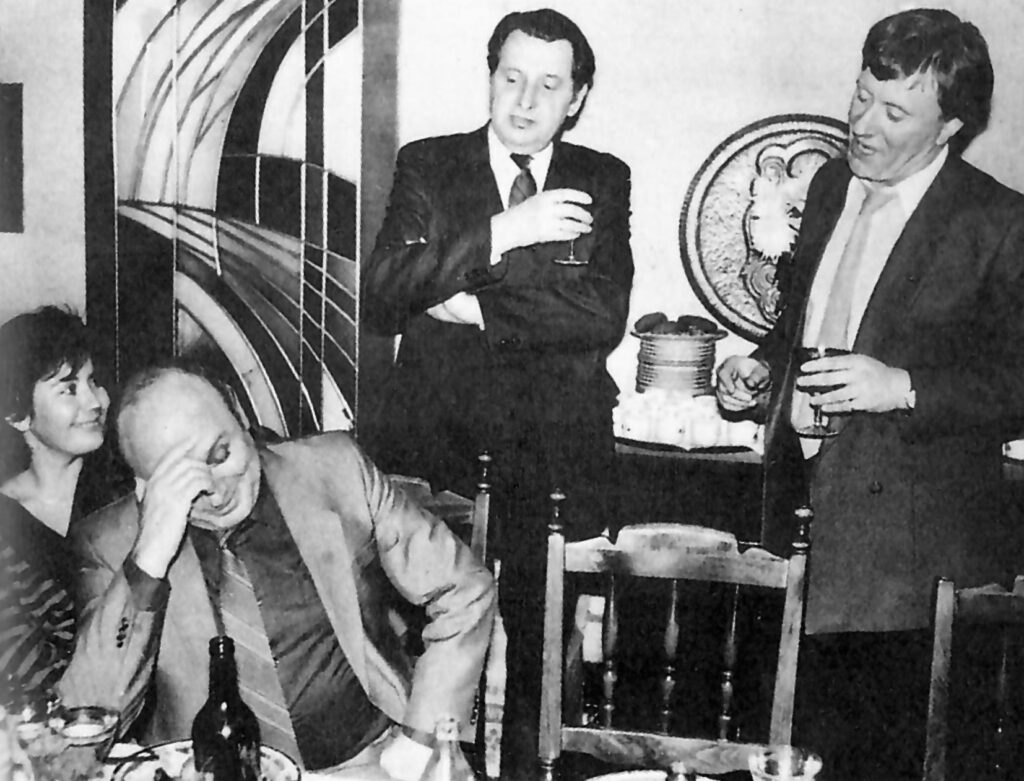
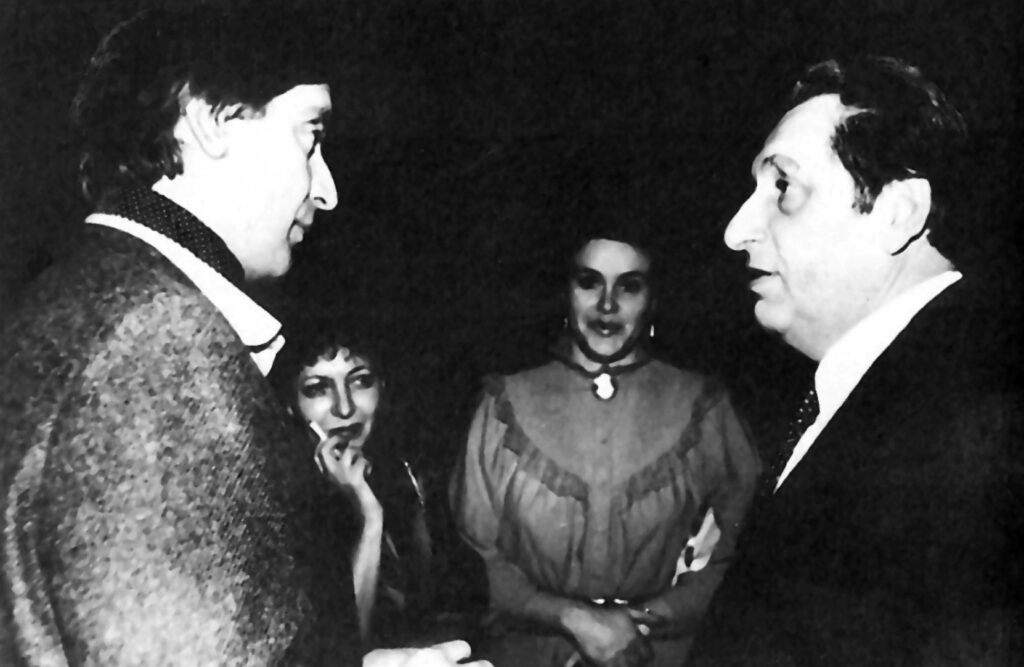
According to the witty expression of Professor L.B. Likhterman, Eduard Izrailevich Kandel was “the most sociable person among neurosurgeons.” He was friends with Iosif Kobzon (whose sister he was married to), Andrei Mironov (whom he unsuccessfully tried to save in a Riga clinic in August 1987 after the actor suffered a massive subarachnoid hemorrhage), Vladimir Vysotsky, Veniamin Smekhov, and other celebrities. He was well-known in literary and artistic circles, always receiving invitations to premieres, openings, and anniversaries (Highest Title, 1994). His opinion was respected. For example, it was E.I. Kandel who gave the name to the remarkable film “Belarusian Station” during the filming stage (Likhterman, 2013). V. Vysotsky dedicated his famous song to him, the lyrics of which began like this:
He was a surgeon, even a neurosurgeon,
V. Vysotsky
Brain specialist,
At the Congress in Rio de Janeiro
In front of him, everyone was small fry… etc.
In the collection of E.I. Kandel, there are lines gifted to him by Alexander Galich, whom Eduard Izrailevich greatly assisted during a difficult time for the poet:
Dr. Kandel and Others!
Alexander Galich
No good without evil…
Your neurosurgery –
It’s just a miracle!
Sleep, dear people –
Healing is near!
Dr. Kandel and Others –
I bow to you deeply!
Eduard Izrailevich was a passionate collector, proudly introducing his friends and colleagues to a rare collection of antique medical books, stamps, and lamps. Visitors to his famous office were always amazed by the vast research archive with hundreds of articles, folios, photographs, drafts for future books, etc., which he kept in perfect order (Highest Title, 1994)
It’s amazing how diverse this vibrant person could be in life: emotional, explosive, intense, and at the same time a thoughtful, unhurried conversationalist, a tough leader (who easily raised his voice and was often quite harsh with his employees!) and simultaneously a lover of life with a great sense of humor and the ability to make friends. The main thing is that he, as a truly creative person, left a deep and unique mark in neurosurgery.